Red light therapy is most effective when the device is positioned between 0 to 12 inches from the skin, depending on the type of device and the area being treated. Full contact works best for masks and pads. Panels require 6 to 12 inches of consistent coverage to deliver a therapeutic dose.
Masks like the VISO Mask remove the guesswork by resting directly against the skin. High-output panels like the Illuminate Red Panel require a calibrated gap, typically around 6 to 12 inches, to reach the recommended dose.
For full-body or hard-to-reach zones, the Lumara Pad molds directly to the skin and delivers steady, contact-based therapy across muscles, joints, and soft tissue. The pads are skin-safe, so you can lay them over your back, stomach, chest, shoulders, knees, feet, and treat your entire body.
If you're trying to figure out how far your device should be and how long your sessions need to last, you're in the right place. Below, we’ll break down exactly how distance affects energy delivery, device performance, and treatment results, without the marketing noise.
Why Distance Makes or Breaks Red Light Therapy

Red light moves in straight lines, and the farther it has to travel, the weaker it becomes by the time it reaches your skin. That drop in intensity is a known principle of physics.
Every centimeter of added space reduces light power dramatically. If you double the distance between your skin and the device, you cut the energy hitting your skin by around 75%. That’s the Inverse Square Law in action, and it’s one of the most overlooked factors in red light therapy.
Energy loss isn’t the only issue. Distance also changes how light interacts with your body:
- A beam that enters the skin at an angle has less power than one that hits directly.
- Even minor shifts in position create “light deserts,” untreated zones where photons never land.
- Reflected light bounces off dry skin, particularly when the angle or surface isn’t optimized.
No matter how high the wattage or how long the session, if the distance is wrong, the dose won’t add up. This is why understanding your device’s energy output, beam angle, and design is a requirement, not a suggestion.
How Close Is “Close Enough?”

Red light therapy doesn’t operate on guesswork. Devices are built for specific treatment distances, and when those guidelines are ignored, the results fall apart. The goal isn’t to aim light in the general direction of your skin; it’s to saturate the tissue with a defined energy dose. That only happens when the spacing is dialed in.
For contact-based applications, skin-to-light proximity maximizes energy delivery. The VISO Mask fits directly against the face with zero gaps, which helps prevent light loss from angle deviation or bounce. Its uniform design covers high-mobility zones like the cheeks, jawline, and temples, areas where panel-style devices often leave untreated patches.
Areas like the back, neck, and thighs benefit from flexible wraps. The Lumara Pad was designed to contour the body while delivering a high-output dose across soft tissue and muscle groups. Full contact across a broad surface eliminates the need for repositioning or calibration. With consistent use, it’s ideal for reducing joint stiffness and supporting muscle recovery protocols.
The pads are skin-safe and can be placed directly on your body.
When targeting full-body coverage or treating at a small distance, high-irradiance panel systems come into play. The Illuminate Red Panel operates within a 6–12 inch window, producing 5 J/cm² in five minutes. It’s built for people who want fast, predictable treatment without blind spots. The panel is also skin-safe and can be laid directly on your back, stomach, chest, shoulders, knees, or feet to treat your entire body.
Tailoring Distance to Skin Tone, Hair, and Sensitivity
Photo Source -> Photobiomodulation, Underlying Mechanism and Clinical Applications
Light doesn’t behave the same on every surface. Skin tone, hair density, and sensitivity all influence how red and near-infrared wavelengths are absorbed or reflected. These differences don’t change the laws of light, but they do shape how sessions should be set up.
Darker skin tends to absorb more visible red light, while lighter skin allows slightly deeper penetration before energy is absorbed. This affects how quickly the therapeutic dose is delivered. Hair creates another barrier, especially on areas like the chest, arms, or scalp. Even a fine layer of hair can reflect light away from the skin, reducing the dose.
The Illuminate Red Panel is designed to handle variable setups. Its 5 J/cm² output reaches therapeutic dose within five minutes at 6–12 inches, so small adjustments don’t tank the results. Still, the closer the light, the more consistent the energy delivery becomes, especially across areas where skin texture or color varies.
Devices like VISO bypass most surface interference. Direct-contact LED arrays eliminate gaps caused by bone structure, uneven tone, or facial hair, making it ideal for sensitive skin and high-precision applications like rosacea, post-treatment redness, or inflammation control.
When to Adjust Distance (And When Not To)
Not all treatment goals require the same setup. What works for muscle recovery might fall short for skincare, and vice versa. The closer the light source, the faster the dose builds. That means applications like joint pain or athletic recovery often benefit from zero-distance contact, where the LED sits flush against the body.
The Lumara Pad was designed for this. It flexes around shoulders, backs, or knees without losing beam integrity. No air gap. No tilt. No guesswork. Every LED delivers its full dose where it matters.
Panels need a different approach. Facial treatments generally perform best at 6–10 inches, where red light can reach the dermis without risking overstimulation. Backing off any farther, 12+ inches, slows energy delivery and calls for longer sessions. If eye safety is a concern, treatment goggles are the better choice than increasing distance. Light power stays intact. Vision stays protected.
How LED Design Impacts Effective Distance
Coverage isn’t about how big the panel looks. It comes down to beam angle, diode spacing, and whether the light overlaps enough to avoid gaps. Poorly designed panels often create what’s known as “leopard spots”, bright zones directly under each LED, separated by dim areas where coverage falls apart. From a distance, those dark zones widen, meaning large sections of skin may receive little or no stimulation at all.
That’s where engineered overlap comes in. Flat beam profiles with tight LED spacing keep the dose consistent across the entire surface. The VISO Mask addresses this directly. There’s no guesswork with distance because the mask sits against the face with LEDs positioned to deliver uniform coverage across cheeks, forehead, jaw, and temples. It also locks in ideal irradiance without overpowering the skin’s sensitivity threshold.
For non-flat surfaces like shoulders, back, or quads, that kind of uniformity gets harder to maintain. That’s where the Lumara Pad steps in, flexible, wrap-ready, and capable of holding contact across any contour. With its triple-wavelength blend, it treats both surface-level inflammation and deep tissue discomfort simultaneously.
Design matters. Uniform energy across the full treatment area avoids overexposing one zone while underdosing another. The goal is never raw intensity; it’s even, predictable delivery across every square centimeter. And that starts by closing the gap between skin and diode. Literally.
How Daily Habits Shape Distance Accuracy

Red light therapy only works when the dose reaches your skin, and how close the light is determines everything. Too far, and you lose energy. Too close, and you risk overstimulation. That’s why the best results come from devices built to take the guesswork out of setup.
At Lumara, every product is engineered to deliver a measurable, consistent dose, whether it’s resting directly on the skin or operating from a calibrated distance.
- FDA-cleared devices designed for safety and performance
- Transparent irradiance and J/cm² values
- Engineered beam angles and LED spacing to eliminate “leopard spots”
- Designed for daily use, with real-world dosing in mind
If you're adjusting angles, overextending sessions, or still unsure if you're doing it right, it's not you. It's your device.
Find the Setup That Works, Every Time
- Illuminate Red Panel → Built for fast, uniform energy delivery at 6–12 inches. 5 J/cm² in 5 minutes, no calibration needed.
- Lumara Pad → Flexible, contact-based support with deeper wavelengths for muscles, joints, and soft tissue.
- VISO Mask → Face-specific, direct-contact design for consistent light delivery across every facial contour.
Explore Lumara’s full lineup and see what consistent light therapy really looks like.
No guesswork. No wasted energy. Just the right dose, right where you need it.
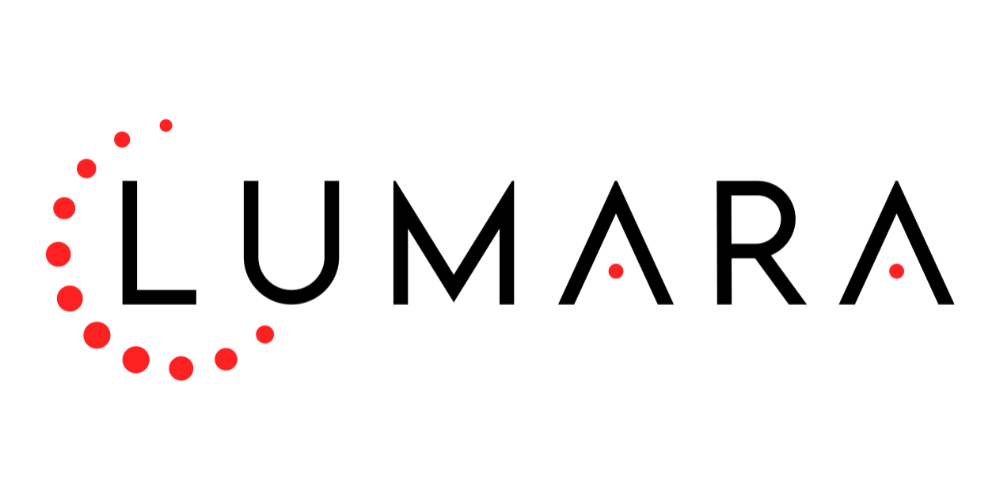
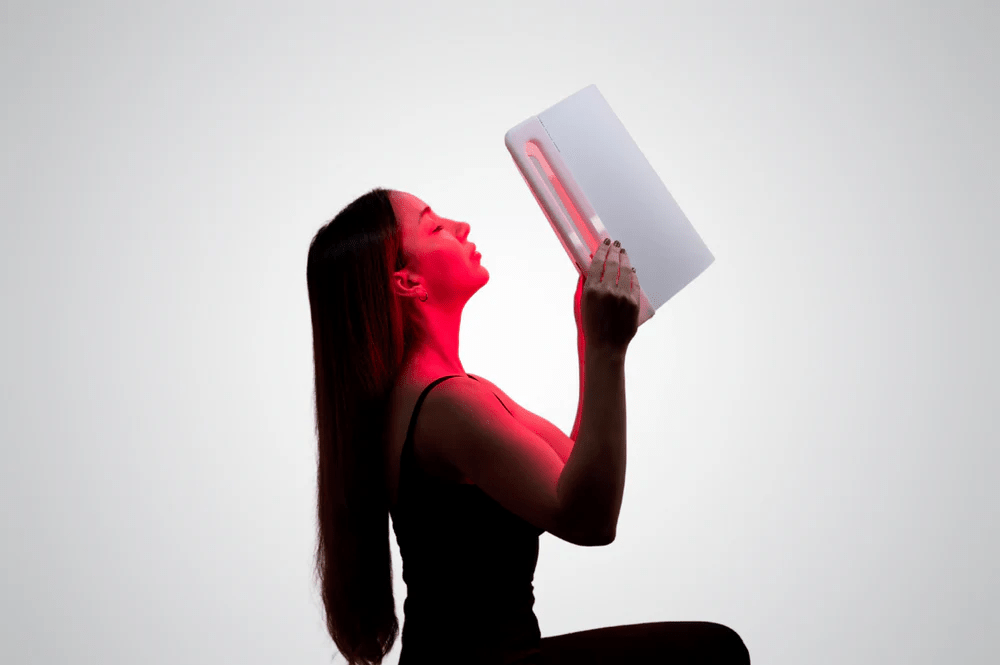

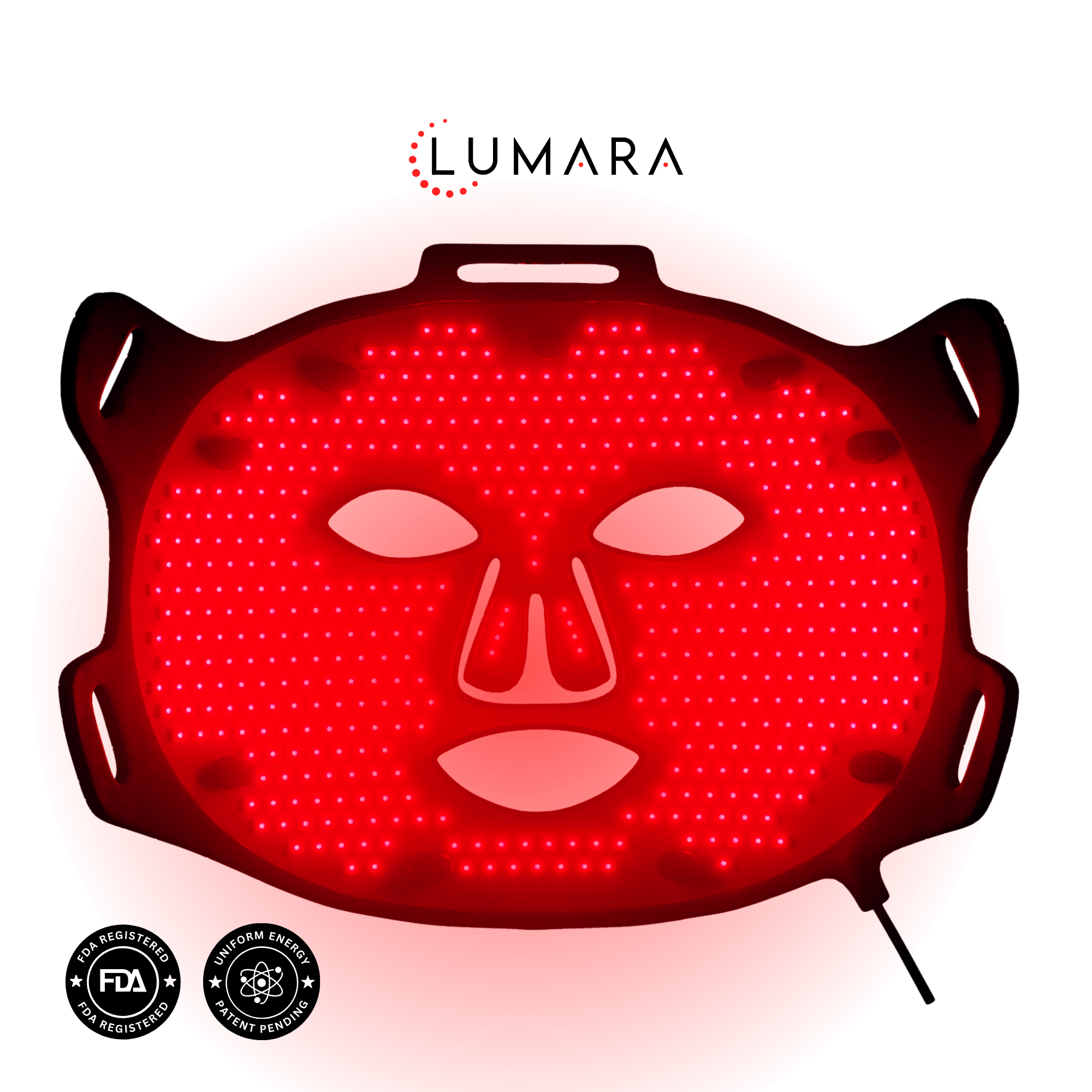

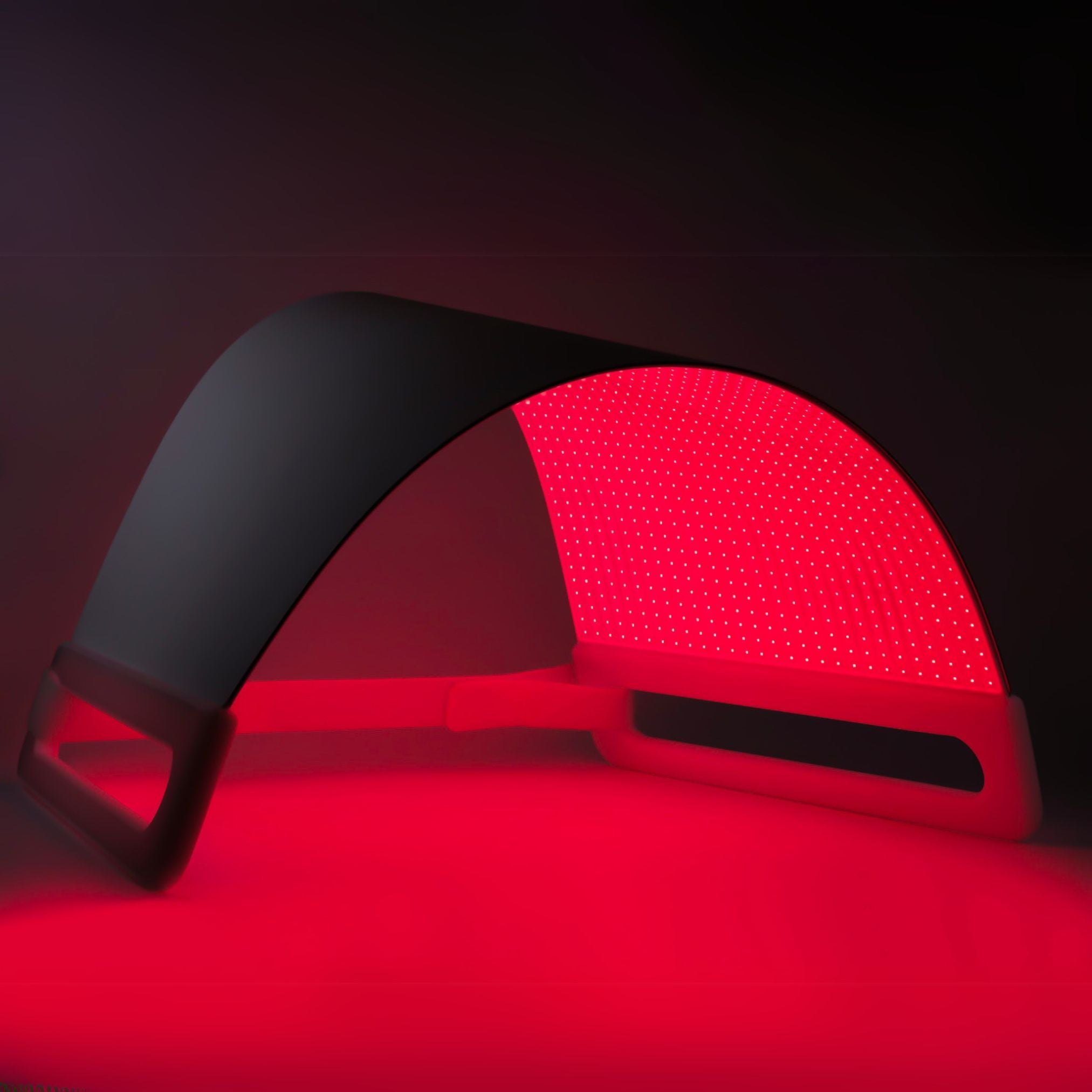
Share:
How Long to Wear a Red Light Therapy Mask for Results
How Often You Should Do Red Light Therapy